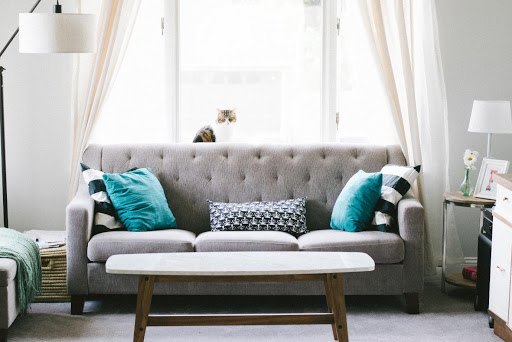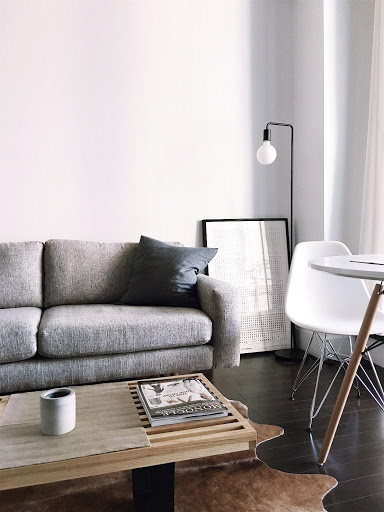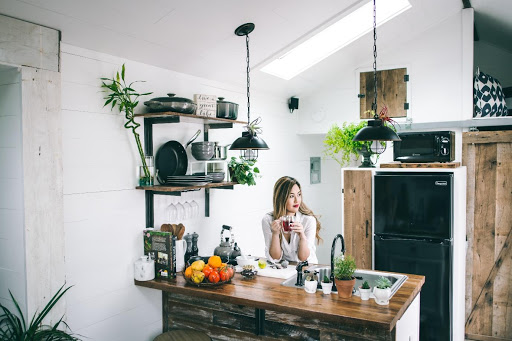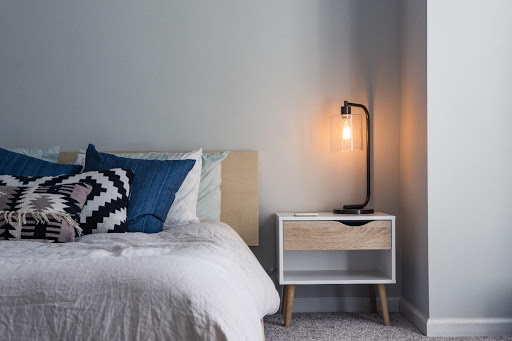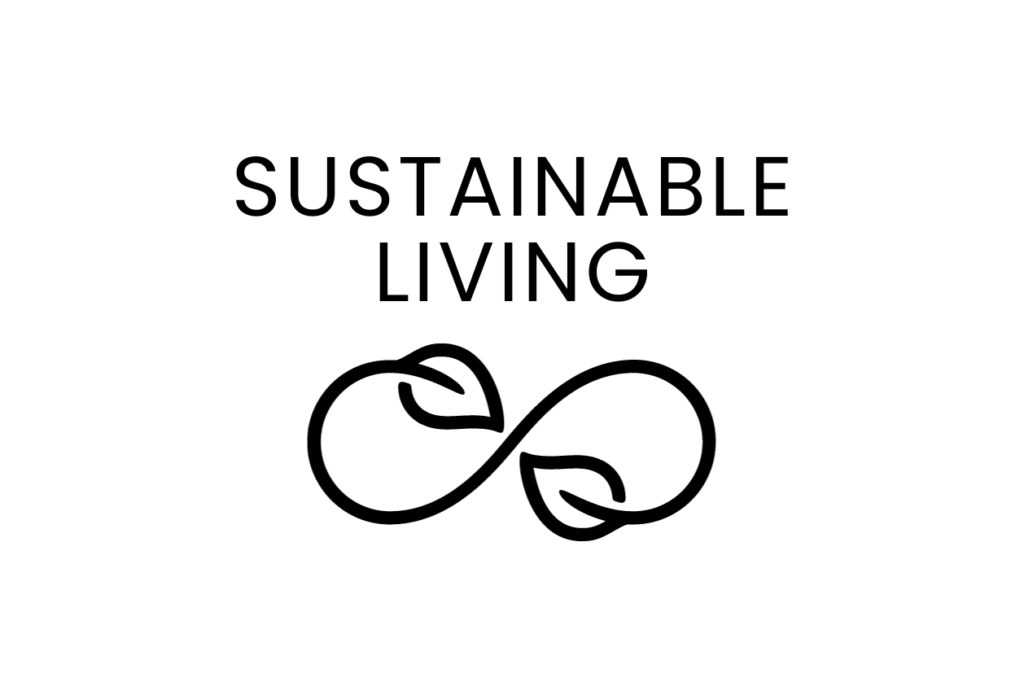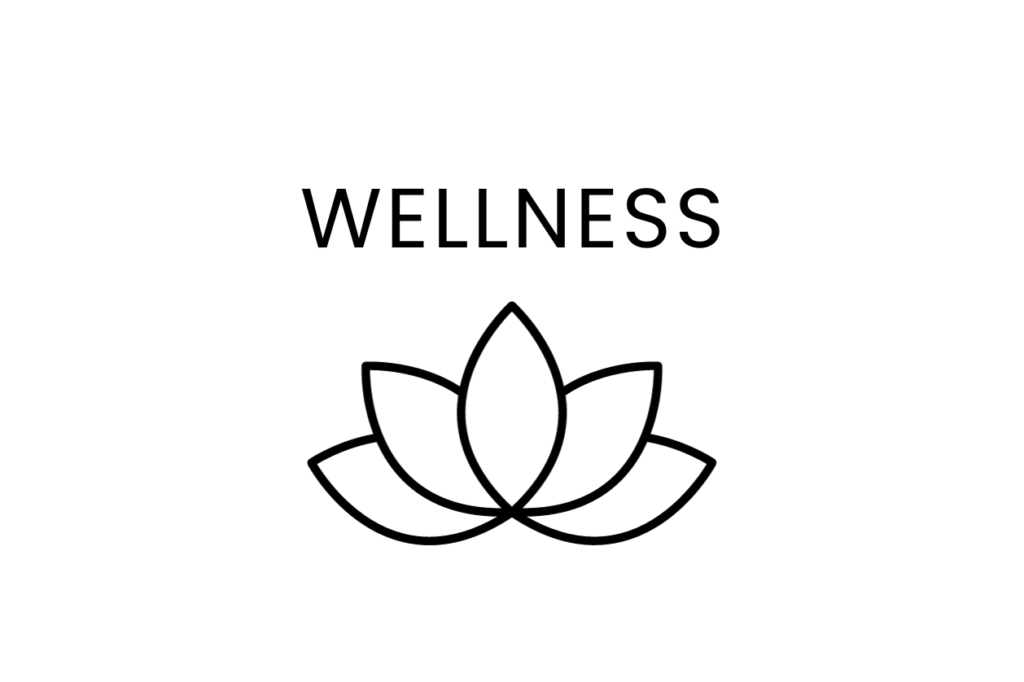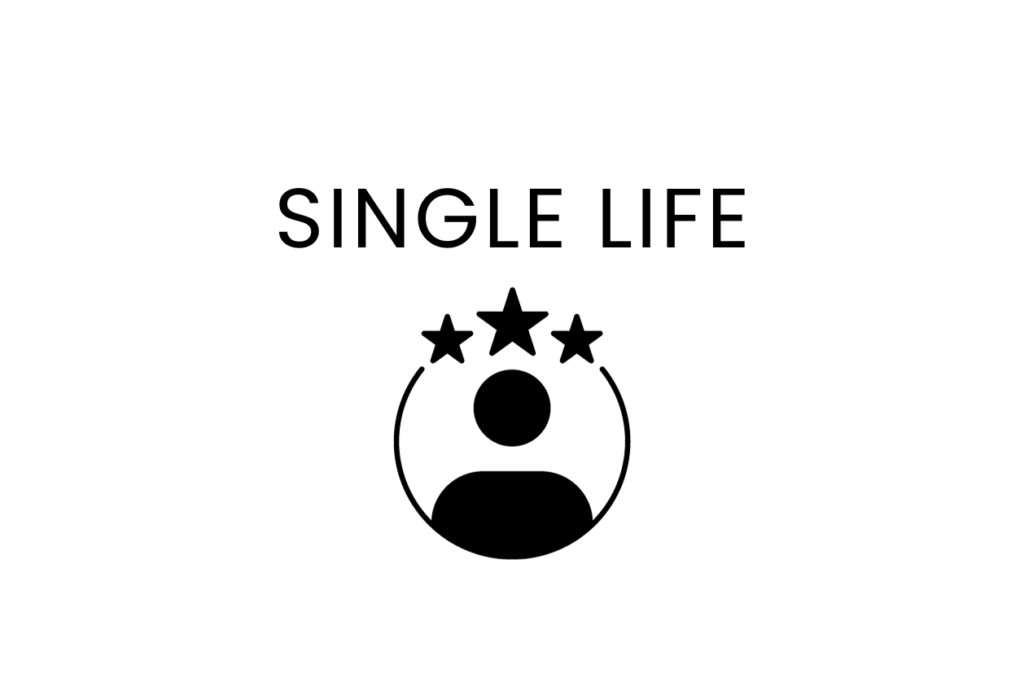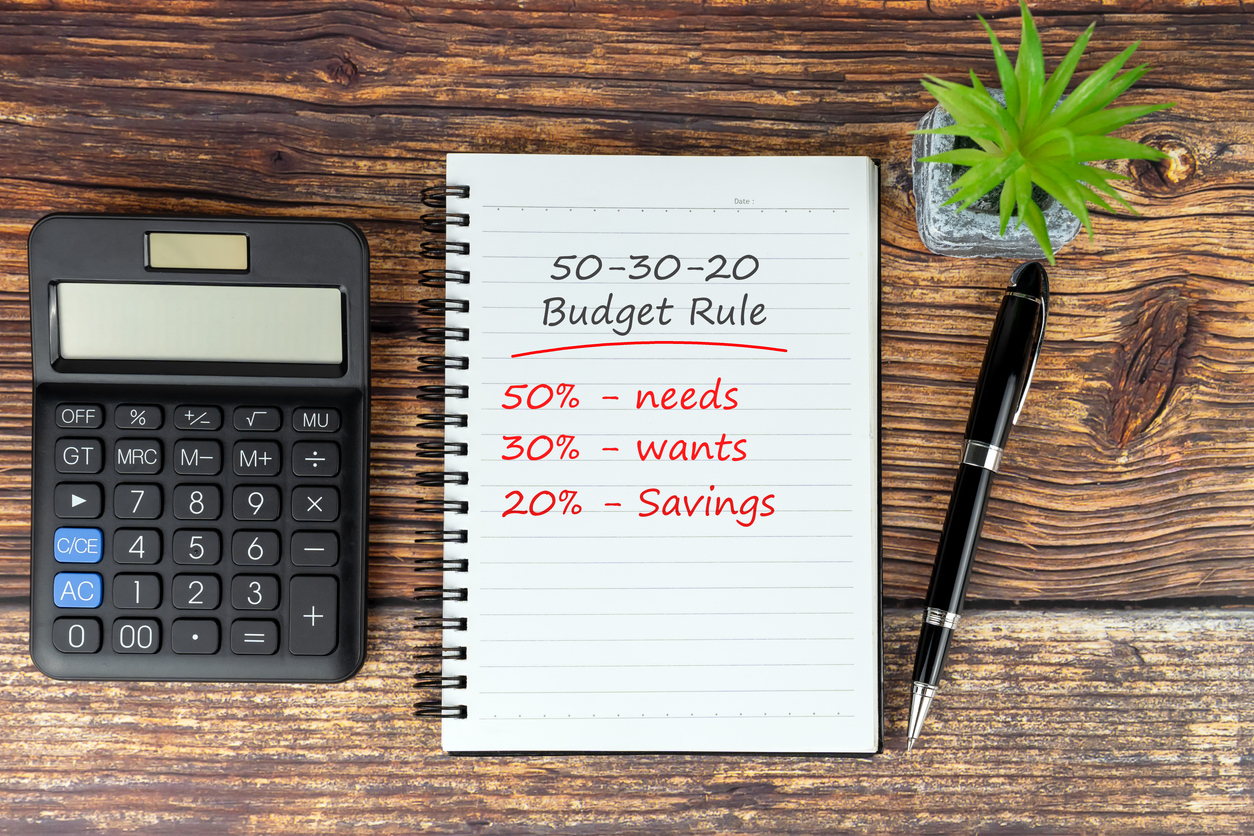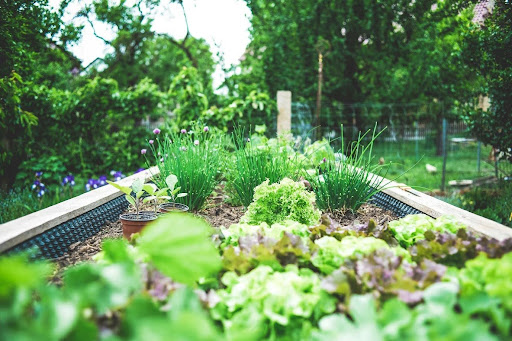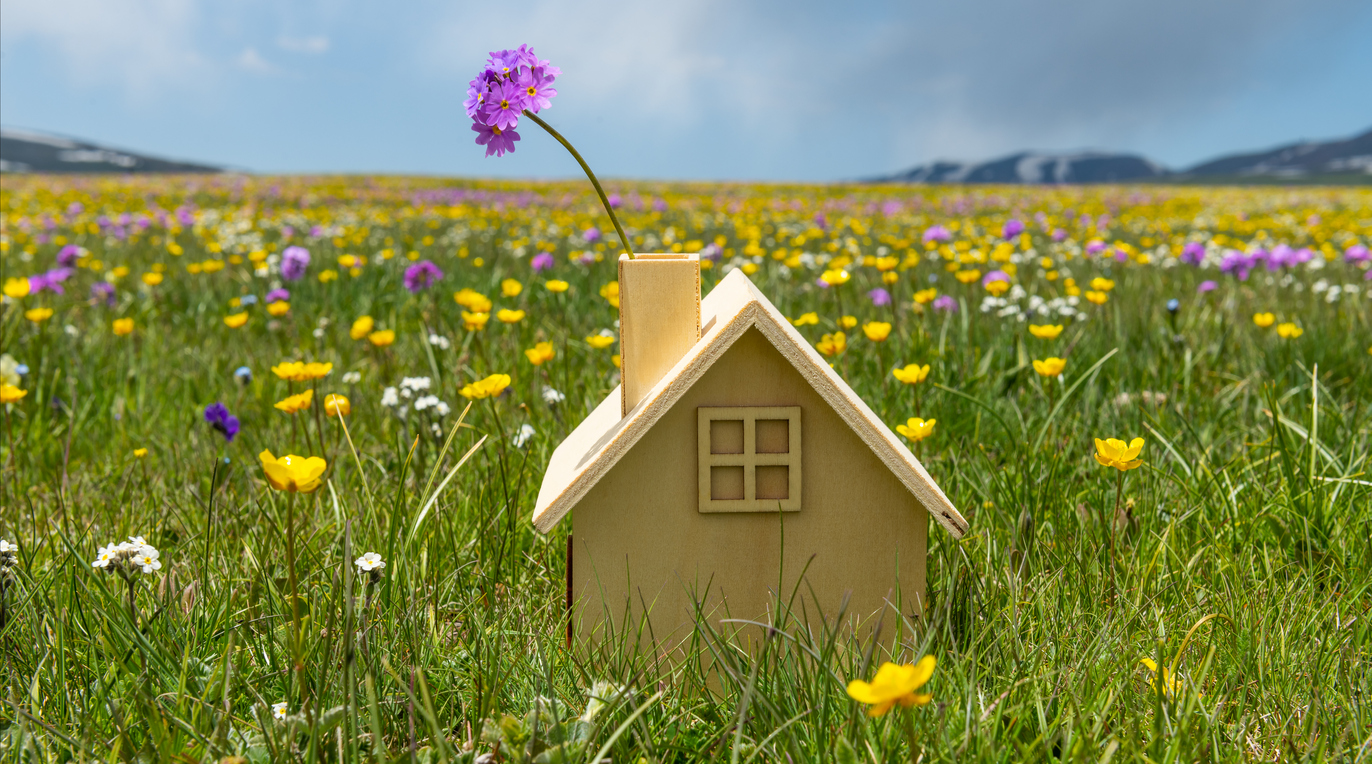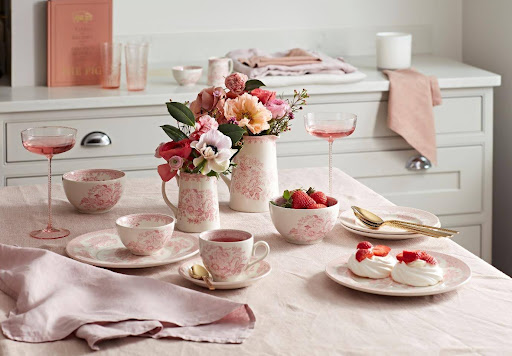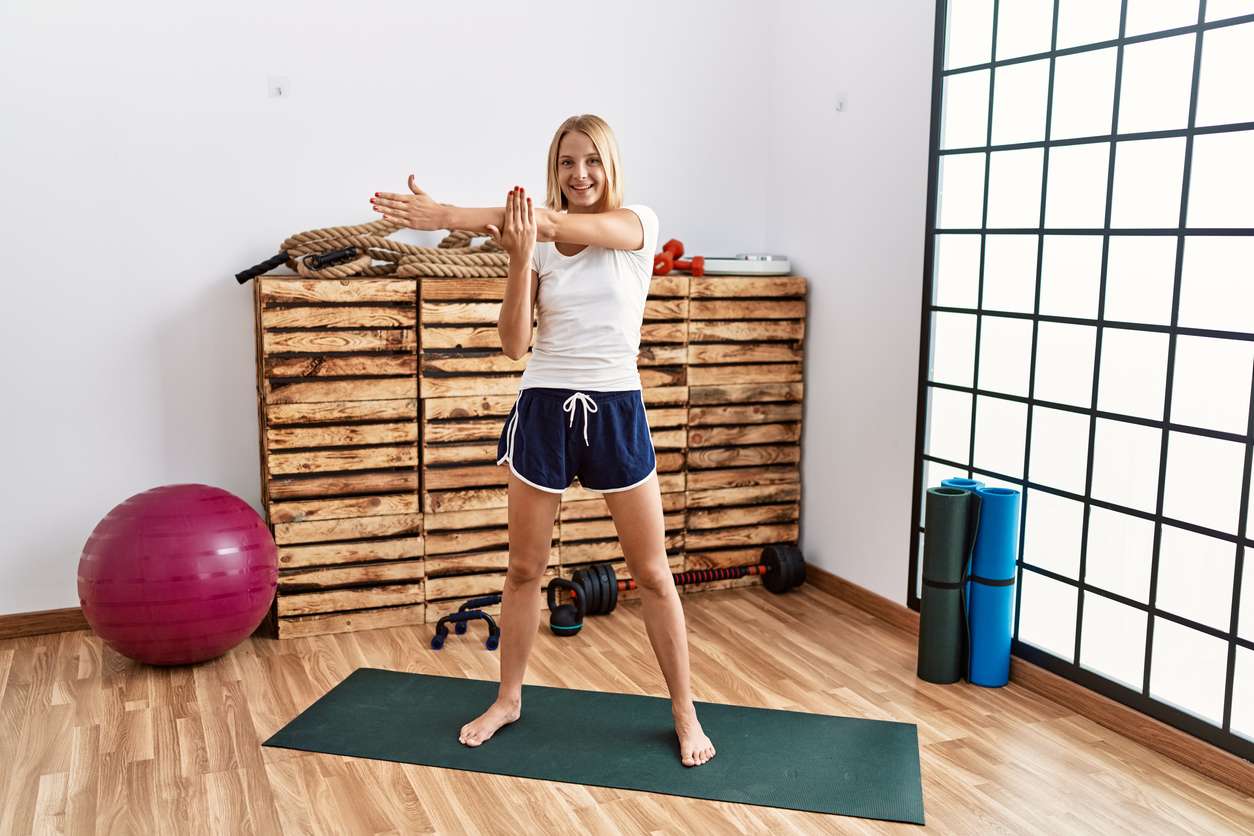To reap the benefits of switching to LED, all you need to do is replace any incandescent lightbulbs with LED bulbs. These come in exactly the same styles as halogen bulbs — either screw-in or bayonet — which means it should be perfectly easy to make the switch, and there’s no need to invest in new light fittings or lamps. Just be sure to pick the right size and voltage: you should be able to find the correct information on a label on the light fixture itself.
You should also choose a bulb which offers a similar level of brightness to your old bulb. The brightness of a light is measured using a unit called ‘lumens’, while the ‘wattage’ indicates the amount of energy it consumes. As LEDs are more energy-efficient than incandescent styles, the wattage is much lower, but the lumen count remains the same. So, to replace an incandescent bulb with an LED one of similar brightness, you’ll want to compare the lumens, not the wattage. As a rule of thumb, remember that the higher the lumen count, the brighter the light the bulb will give out.
There’s also the colour temperature to consider: warm white lights are better for creating a relaxing environment, while cool white lights are better when you need to see very clearly. I’ve gone into more detail about choosing the right colour temperature for different rooms in the home, below.
If you have overhead halogen bulbs which are connected to a transformer, then you might find that LED bulbs flicker instead of remaining constant. If this the case, contact your electrician, who should be able to fix this problem for you.

